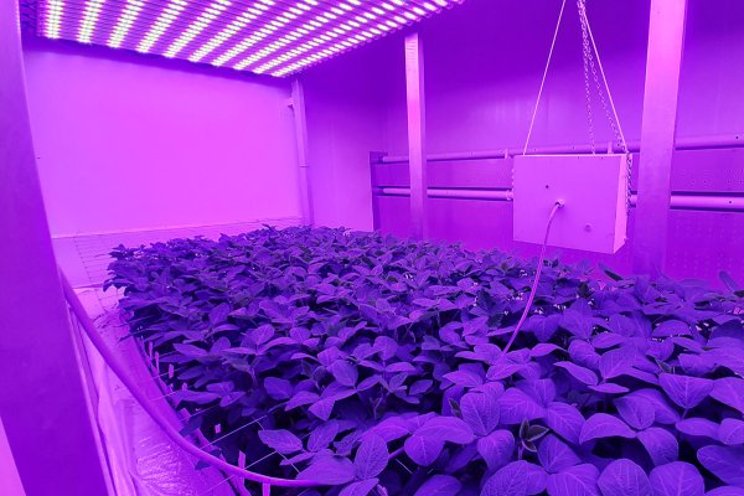Can soybeans be grown in a protected environment?
Added on 04 July 2024

Protein crops (such as legumes) for human consumption and animal feed are mainly grown in open fields. Compared with major arable crops (e.g. wheat), legumes deliver ecological benefits to cropping systems (such as improved soil quality and fertility). On the other hand, there are many drawbacks associated with open-field cultivations such as high water and land use, erratic yields due to unfavorable climatic conditions and susceptibility to pests and diseases. Controlled environment agriculture, such as greenhouses and vertical farm systems, is less (or not at all) dependent on the outdoor climate, allows growth factors to be steered (depending on the degree of technology implemented) and crop responses to be studied.
More news















